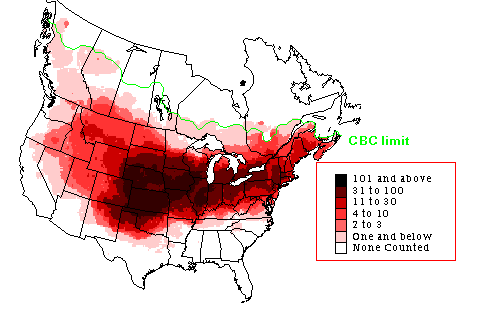For the past several years, a Rough-legged Hawk has spent the winter in the corn field across the street from our house in Nelson, Wisconsin. Last year, we could count on seeing this bird, a dark morph - hunting or perched in a tree soaking up the late afternoon sun - every time we drove north to Durand.
I began looking for Rough-legged Hawks along State Road 25 a month ago, after I spotted the first of the season over by the Tell Church in Alma. We finally spotted one this afternoon around 2pm. It was flying low, hunting the snow-covered potato fields on SR 25 by the Maxville Airport. I pulled the Prius off to the side of the road, and we watched the bird head for a distant perch in an evergreen on the far side of the field. Too far away for a photograph.
It was a warm 30-degrees and sunny today. The TV weather forecasters have promised two relatively nice days before the next weather event - rain, turning to ice and snow. It's been a week since we've driven my favorite scenic road - R 107 along the Chippewa River to Meridean. So we headed out to Pepin County Road M to see if we could find some waxwings and winter finches.
We turned west on County M and spotted a raptor up the road in the bur oaks surrounded by farm fields. A Red-tail? Nope. It was another Rough-legged Hawk. Maybe I could roll down the hill in my stealth Prius and get close enough for a photo.
As I opened the car door, she lifted her tail and defecated - a sure sign that she'll be off and flying before I can get focused. I was quicker than I thought. I caught her tail up in the air, then off she went.
I stood in awe. What a show!
Then she surprised me. She returned to the same bur oak and landed.
It looks like an adult female - note the wide dark terminal band on the trailing edges of the wings, the light line between the breast and belly (known as the "U"), the single wide dark sub-terminal band on the tail, dark wrist patches on the wings, and the belly more darkly marked than the breast.
These large hawks are circumpolar, nesting in the arctic and subarctic. They feed on rodents and occasionally take small birds. How do they find rodents? Scientists believe these birds can spot areas of high concentrations of voles by seeing their urine and feces, which reflect ultraviolet light, on the ground.
 | |
| Rough-legged Hawks Christmas Bird Count |


































